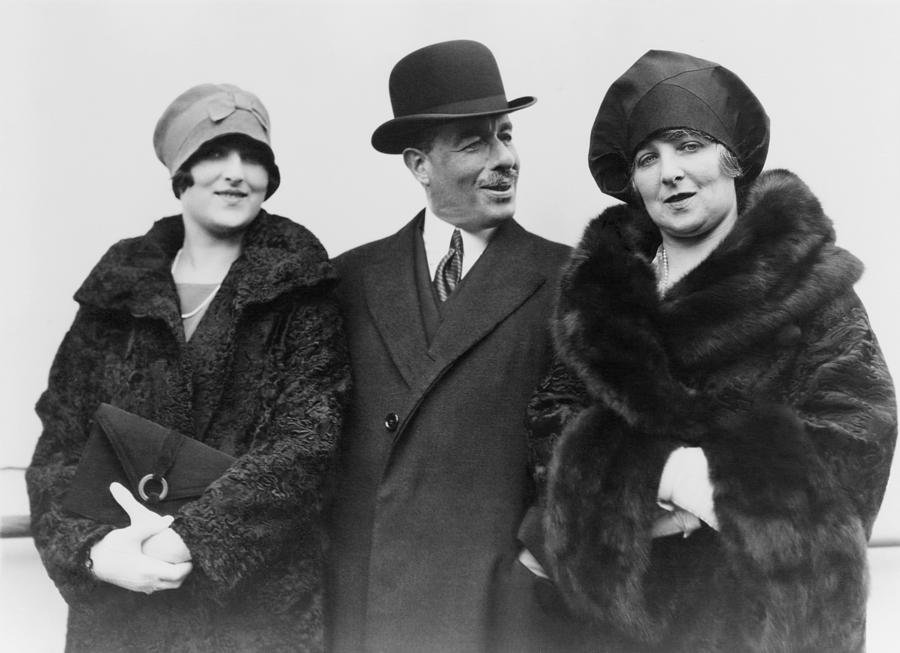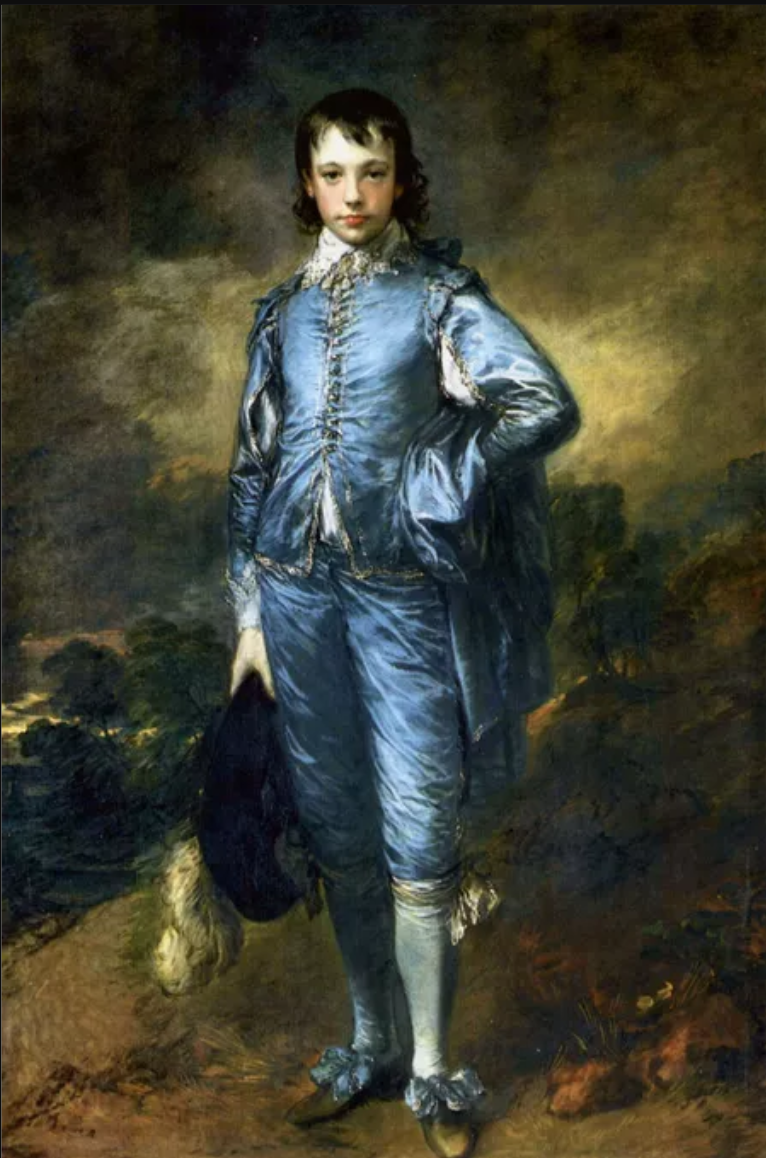Duveen: The Greatest Art Dealer Of All Time
Chances are, you’ve never heard of Joseph Duveen. However, if you look up at the archways of every major art museum and gallery in London, you’ll see his name etched in stone.
I took this photo in the Tate Britain
Who was Duveen? Duveen is considered the most influential art dealer of the 20th century. Some say of all time. He was the art market.
Joseph Duveen was born on October 14th, 1869 in Hull, England. He was the eldest of 13 children to Rosetta and Joseph Joel. For ease, we’ll call his father JJ.
JJ was a Dutch-Jewish immigrant who set up as an import dealer of Nanking porcelain with his brother. This porcelain called “delft” was imported in from China to Holland and was coming into fashion in England. Expanding quickly, the Duveen brothers secured the American trade and set up a branch house in NYC. The Duveen brothers’ firm became very successful. Following the younger Duveen’s urge, they expanded into paintings.
.Towards the end of the 19th century, railroads stretched, skyscrapers rose, oil flowed. The Melons, Morgans, Rockefellers made serious wealth, but this was New Money.
What these families could not buy was nobility. Old money respect. They lacked the nobility and lineage of European aristocrats. So, this rising class of wealthy industrialists decided to imitate European aristocrats by collecting imported art objects from Europe to increase their social status.
Duveen, noticing that “Europe had a lot of art and America had plenty of money”, took over Duveen Brothers in the 1910s after his father passed away and repositioned the business to the trade in Old Master paintings. Within a few years, he became the greatest art dealer of the first half of the twentieth century.
With galleries located in NYC, London and Paris, Duveen’s success swelled largely due to his business acumen capitalizing on new opportunities, his strategic creation of an aura of prestige around his brand, and his strong personality when building a network of loyal collectors. Biographer S. N. Behrman wrote that charistmatic “Duveen, by amazing energy and audacity, transformed the American taste in art.”
By supplying resources and connections, Joseph Duveen built a lifestyle for his clients so that their lives became inseparable from art. He found his clients houses. He found architects to build their houses with plenty of wallspace for artwork. He even selected brides or bridegrooms for some of his clients - if they demonstrated a potential receptivity to expensive art, of course. In return, his collectors continued to sustain the lifestyle that Joseph Duveen built through purchasing art according his recommendations.
He was also an expert in manufacturing the image of scarcity and exclusivity for works of art he planned to sell. He made the richest men weak at the knees, this ellusive art slightly beyond their always-successful grasp.
Selling Gainsborough's Blue Boy (1770) as the most expensive painting ever sold propelled Duveen into celebrity status
One of my favourite “ah ha” moments, is how this translates to the musems that, coincidentally, started to spring up in the US at that time. How and why did most of the major museum collections in the US end up with the artworks whose provenance that can be traced back to the Duveens? Were all these great men really that generous?
Nope. The acute commercialism and foresight of Duveen extended to income and inheritance taxes of his clients: it was going to be near impossible for them to leave collections to their heirs. Public bequest was the only way out. A win-win situation: by earmarking the purchase for a museum, the collector could afford to buy from Duveen. The art would, at least, pass through his hands on the way to the museums. Gifts to museums offered clients economy and immortality. Rockefeller’s collection went to the Met, J.P. Morgan’s went to the Morgan Library, Henry Clay Frick’s went to the Frick Collection, etc.
In other words, Joseph Duveen shaped museum collections worldwide, where the general public could now access works of art previously in private hands.
I admire that he tapped into a human need that could not be filled by making money - it had to be spent. This art provided not only beauty, but historic and social benefit. That someone was able to take bric-a-brac old things and create new value - without creating physical value - that, is art in itself.
Duveen is the key reason why these European masterpieces moved across an ocean to be housed in public collections for North Americans to experience. When he passed away, the art market literally halted for several years.
We see this with Amazon resellers and influencers - the middle men of our modern world. I like to think Duveen was more credible than a dropshipper... Who will be the next Duveen? In what area? Is there still runway in art?
Thanks for reading. I highly recommend the book Duveen: The Story of the Most Spectacular Art Dealer of All Time by S N. Behrman. And next time you’re at a major museum, look up at the archways and see if you can find Duveen’s legacy.
Katya
Source: Behrman, S.N. Duveen: The Story of the Most Spectacular Art Dealer of All Time, (Daunt Books, 1953)




